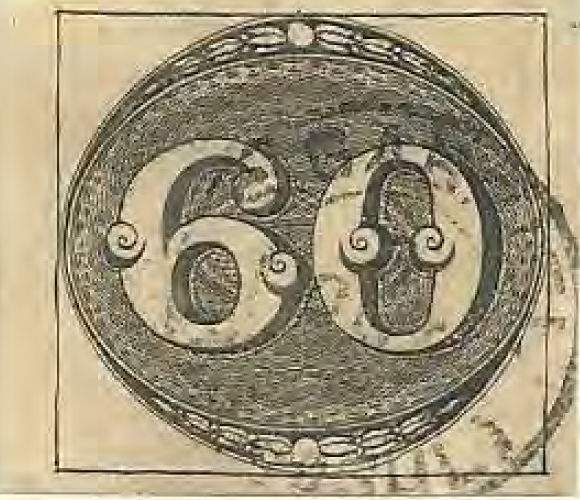
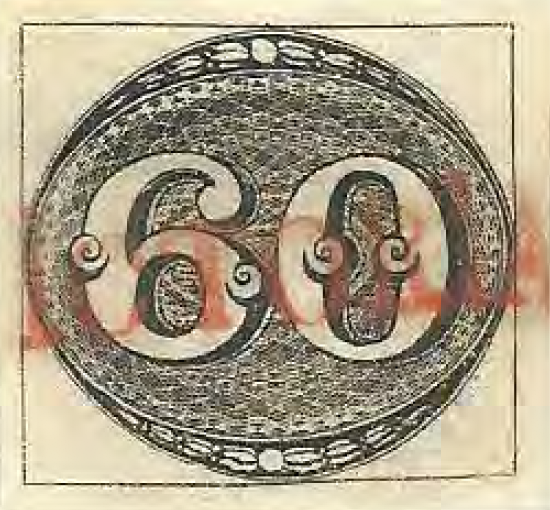
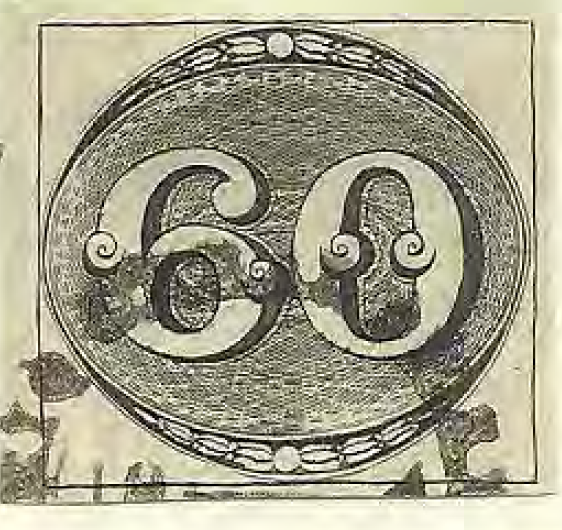
Only one of these Bull’s Eyes is genuine…the example on the right
Most collectors of Latin America will be familiar with the early postage stamps of Brazil. Bull’s Eyes, Snake’s Eyes, Goat’s Eyes, Cat’s Eyes…collectively, the numeral issues of the Brazilian Empire.
Stephen Rose has spent nearly fifty years studying these issues and currently serves as the American Philatelic Society’s Expertiser for Brazilian stamps.
In this article, Stephen discusses the extent and prevalence of these forgeries in the market today, the challenges of identifying them and useful resources for the collector.
CLA How did you become a stamp collector?
SR When I was nine, one of my Christmas gifts was an H.E. Harris beginner’s album kit and a packet of 500 assorted world-wide stamps. I was fascinated by the designs, strange languages, and unusual locations. Where in the world was Ifni, Swaziland, Andorra….?
I spent hours using a globe and the Stamp Finder pamphlet included in the kit to puzzle out where each stamp was from. My favorite set was the three rhinoceros from French Equatorial Africa.
I was a dedicated collector until about age 16, when girls suddenly became a more important magnet for what little spending money I had. After that, my collections went into the attic.
During my mid-20’s, my mother sent me an ultimatum: I had two weeks to take the collection out of storage or it would go in the trash (she had already ditched the 1950s comic books and baseball cards, which were far more valuable than my schoolboy world-wide stamp collection). So, I rescued the album and cigar box of duplicates and, now having some discretionary income, switched over to focusing on a general U.S. collection.
After about a decade of this, plus marriage and kids, I realized that individual U.S. stamps were becoming too expensive vs. family needs. So, one weekend I went to the library and worked my way through the Scott catalogs, looking for a country with an interesting classic period that was also relatively cheap.
I eventually zeroed in on Brazil, the second nation to issue postage stamps. The Empire period looked especially promising, along with the airmails. That was 1972, and I have been a fan of Brazil ever since.

CLA What originally got you interested in learning about the forgeries of the Brazilian Empire?
SR The answer is easy – self-protection. About 95% of Brazilian Empire forgeries occur in the first four issues, i.e. the numerals.
Early on, I made a few unwise purchases of this material that turned out to be forgeries and vowed to do what was necessary to be able to distinguish the good from the bad.
Overtime, I built up a private reference collection that eventually morphed into a specialized exhibit of Brazilian forgeries, which won a large vermeil medal at the 2013 international show in Rio de Janeiro.
After that, I sold the collection but kept scans of the 96-page exhibit (available for download below).
The prevalence of forgeries in the market today
CLA How extensively were the numeral issues forged?
SR All 21 of the numeral issues (1843-1861) have been extensively forged.
That’s the bad news. The good news is that most of the forgeries are easy to detect, except for the Sperati bullseyes (Scott #2-3) and the Fournier goat’s eyes (Scott 21-28).
The scarcity of early Brazilian issues encouraged the production of facsimiles, or imitation stamps, sold as such, with no intent to deceive. The roster of those who created Brazilian facsimiles reads like a who’s who of the first generation of philatelic imitators, including Oneglia, Patroni, Zechmeyer and the Spiro brothers.
These early facsimiles were relatively crude productions, but the following generation of forgers active during the early part of the 20th Century, including Fournier, Mercier, and Sperati, created far more deceptive imitations.
This shift from the open facsimile trade of the 19th Century to serious efforts to defraud collectors is emblematic of the transformation of philately into a hobby of substance.
CLA How prevalent are forgeries of the numeral issues in the market today?
SR Many of the forgeries are surprisingly scarce, far less numerous than the genuine items.
The truly abundant “album weeds” are the Spiro forgeries. The Spiro brothers were German printers and they mass-produced crude imitations of all four numeral issues in 5×5 sheet format.
Erasmus Oneglia of Italy also created quantities of bullseye facsimiles.
About 90% of bullseye forgeries floating around the market today come from these two sources. Both can easily be recognized by comparing with a catalog illustration of a genuine stamp but even so, some hopeful eBay sellers without much philatelic knowledge continue to list these crude imitations as genuine.
Detecting the forgeries
CLA What are the key challenges in detecting forgeries of the numeral issues?
SR All genuine numeral stamps were engraved using a lathe-turned design with precise geometry. The engraving process has two useful features – intricacy of detail and raised ink lines.
Most forgeries of the numerals were lithographed, which resulted in less detailed images with no ink ridges.

CLA Can the forgeries be generally identified by design alone? Or is an appreciation of printing method, paper and cancellations also necessary?
SR Identification of Spiro imitations is easy enough through comparison of design alone. Other forgeries usually require examination of design plus paper and cancellations.
It is interesting that most numeral forgeries sport particular cancels developed by the forger. Similarly, some have inappropriately thick paper.
My exhibit of Brazilian forgeries provides an integrated compendium of design, paper, cancel, and identifying flaws for each forgery known to me.
CLA Do intermediate or worn impressions increase the complexity of detecting forged items?
SR In most cases, no. Copper plates used to print the bullseye issue (Scott 1-3) tended to wear rapidly but even worn impressions have sufficient detail to allow identification of genuine stamps.
A bit trickier are the small numerals, which often have murky impressions as well as pronounced double entries on genuine stamps. In fact, double entry of the design is usually an indicator of authenticity, since the lithographic process for the forgeries is not conducive to double entries.
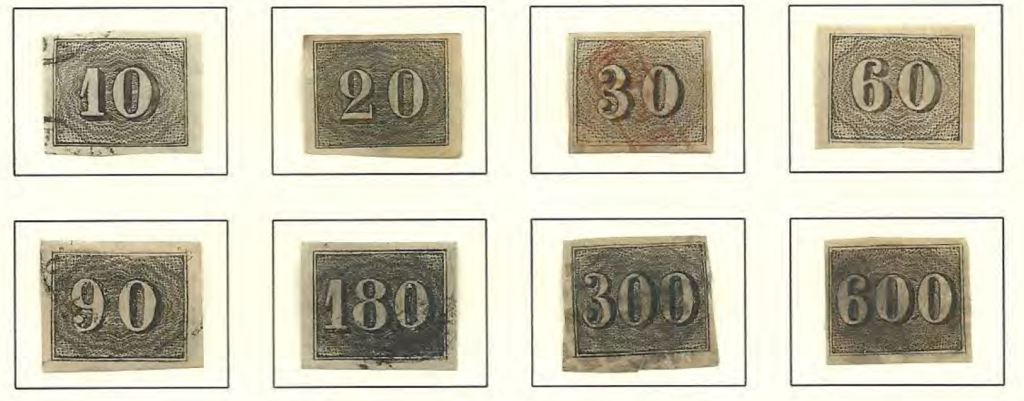
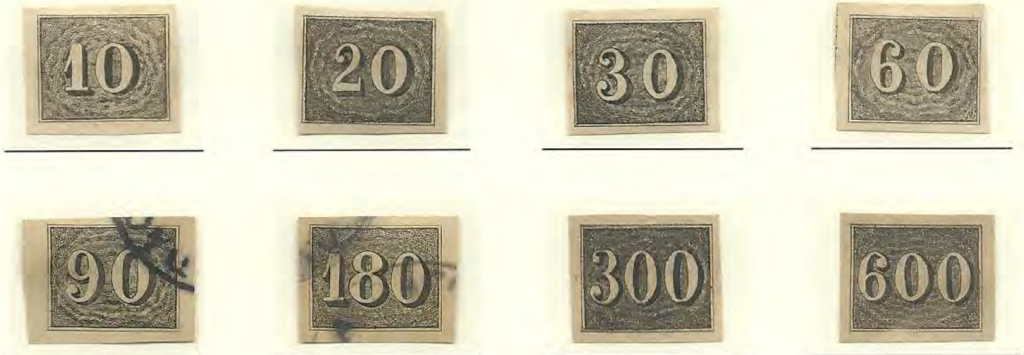
CLA What are the best sources of information to help the collector?
SR Historically, Earee’s Album Weeds first alerted the collecting world to the prevalence of facsimiles and forgeries. But the lack of illustrations makes this work of limited utility.
The Serrane Guide is excellent but limited in scope, covering only the major forgeries.
The best handbook for Brazililan forgeries is Marcelo Studart’s 1995 Falsificacoes e Fraudacoes na Filatelia Brasileira. This is not currently in print but may be available on the secondary market.
For English-speaking collectors, my 96-page exhibit titled “Brazil – Early Forgeries, Facsimiles & Postal Counterfeits” is the most complete study of these items yet produced.
CLA Tell us about some of the favourite items in your collection.
SR The world’s most skilled philatelic forger was Jean Sperati, who created incredibly precise forgeries of the 60r and 90r bullseyes using sophisticated techniques. Pages 5-8 of my exhibit examine these two forgeries in great detail including proofs, secrets of Sperati’s deceptions and illustrations of all known cancels on his bullseye masterpieces.
These forgeries are very scarce in their own right and worth about as much as a genuine bullseye.
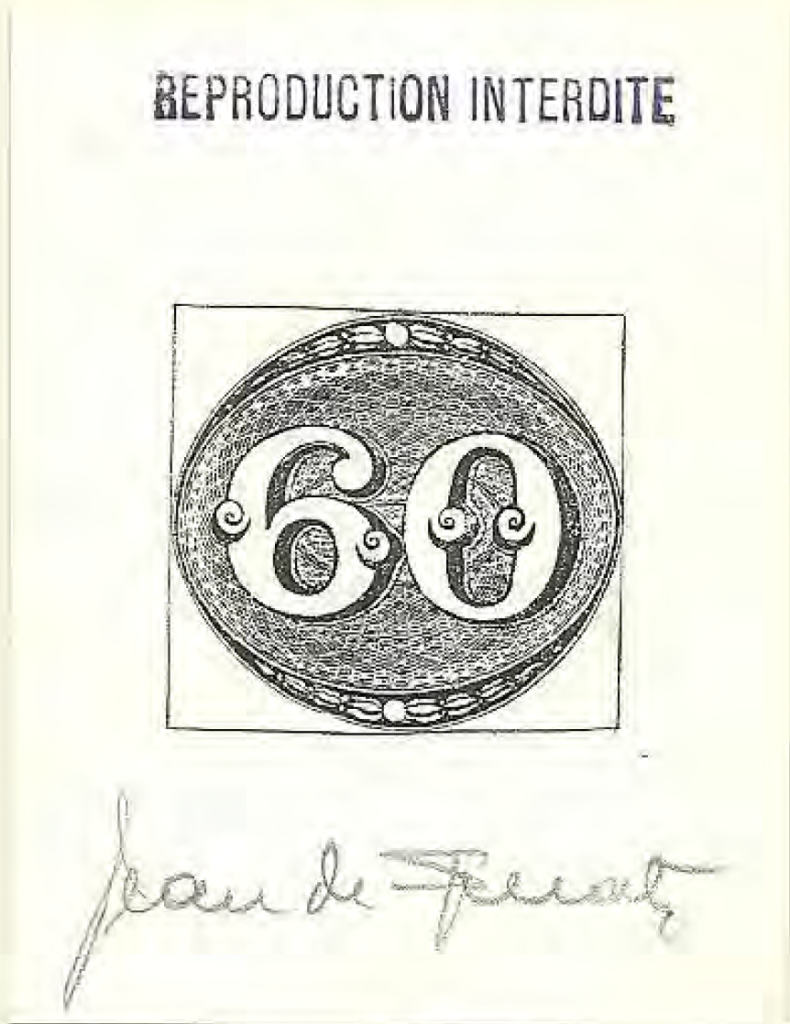
CLA What advice would you give a collector who is looking to start a collection of the Brazilian Empire issues?
SR The Empire covers far more than just the early numeral stamps. I was particularly fond of the Dom Pedro series printed by the American Bank Note Company between 1865-1878.
These stamps have an abundance of varieties, fancy cancels, and interesting postal history – and only one easily detected forgery of a single stamp in the series!
This Dom Pedro era is analogous to the US banknote period – beautiful stamps, great cancels, and a medley of both pre-UPU and UPU uses.
CLA Do you have any other stamp collecting interests?
SR My main collection now is a six-frame exhibit of the 2c stamp of the U.S. 1869 series. This exhibit has been posted to the U.S. Philatelic Classics Society website.
I also have a one-frame exhibit of the U.S. orange special delivery stamp of 1893. These exhibits have been part of my qualification process as a philatelic judge for U.S. shows.
I write occasional articles for philatelic journals and also serve as the A.P.S. expertizer for Brazil.
Stephen Rose’s full exhibit, “Brazil – Early Forgeries, Facsimilies & Postal Counterfeits”, can be downloaded below.
Note:
If you wish to study the images more closely, high resolution single page scans can be downloaded from the Exhibits section of the APS Digital Library

Leave a Reply